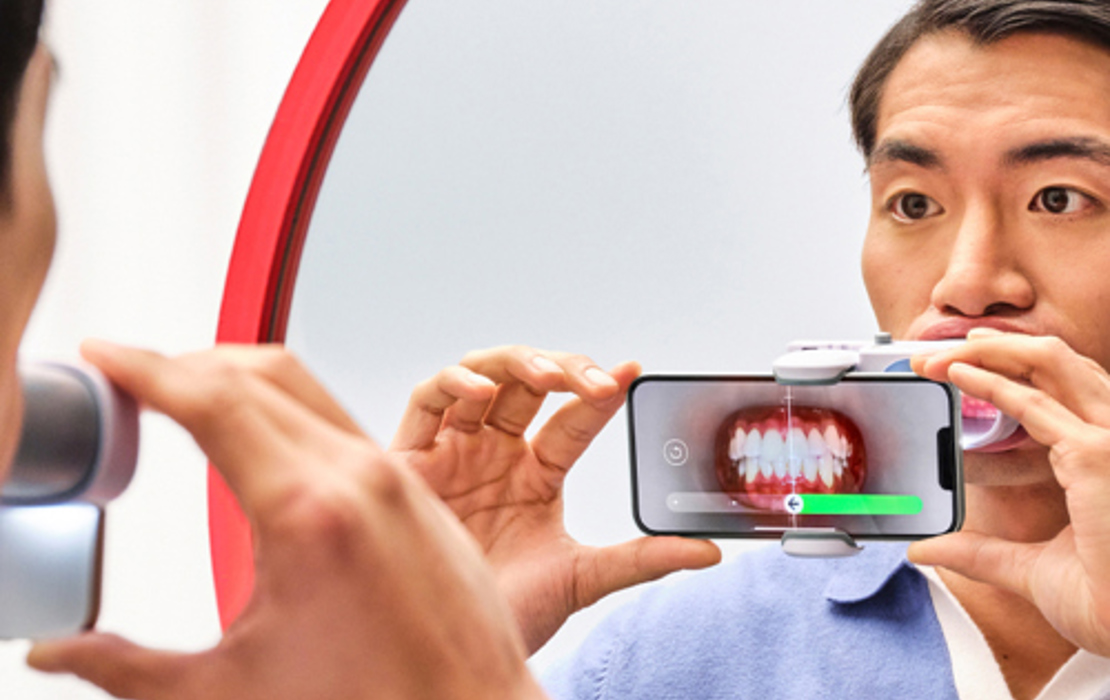ADA commends OSHA for exempting most dental offices from rule
Washington — The ADA is commending the Occupational Safety and Health Administration for taking a “deliberative and highly collaborative approach” to developing its emergency temporary standard, which exempts most dental offices.
In June, OSHA released an emergency temporary standard providing additional guidance for health care settings, including hospitals and nursing homes, where all employees may not be screened for COVID-19, and nonemployees and patients with suspected or confirmed cases of COVID-19 are allowed to enter and may be treated.
In formal comments filed July 26 with the agency, ADA President Daniel J. Klemmedson, D.D.S., M.D., and Executive Director Kathleen T. O’Loughlin, D.M.D., said the rule affirms what the Association has known for some time: “Substantial new infection controls — such as rerouting ventilation systems and requiring other capital improvements — would have little (if any) impact on an industry with already exceptionally low infection rates.”
“Throughout the pandemic, dental offices have demonstrated exceptionally low monthly incidence of COVID-19 despite several regional and national spikes,” Drs. Klemmedson and O’Loughlin wrote. “This is due, in part, to dentists adhering to the Centers for Disease Control and Prevention’s pre-pandemic infection control guidelines for dentistry, and subsequent CDC guidance to help dental offices navigate COVID-19.”
Drs. Klemmedson and O’Loughlin pointed out that during the pandemic, dentists have also “consistently looked to the ADA for guidance” about how to safely treat patients and protect office staff. They also noted that the ADA has produced dental-specific technical guidance, including a dental office hazard assessment checklist, point-of-care testing guidance, mask and face shield guidance, self-quarantine and return-to-work strategies, and more. The ADA also recently published a new Update to Office Procedures During COVID-19 to help dentists better understand the emergency temporary standard.
“While most dental offices are exempt, we are still advising dentists to conduct routine office hazard assessments (factoring in local considerations), pre-appointment and onsite screenings, and adjust safety protocols as needed (based on the latest science-based information),” Drs. Klemmedson and O’Loughlin wrote.
For more information on the ADA’s advocacy efforts, visit ADA.org/Advocacy.



